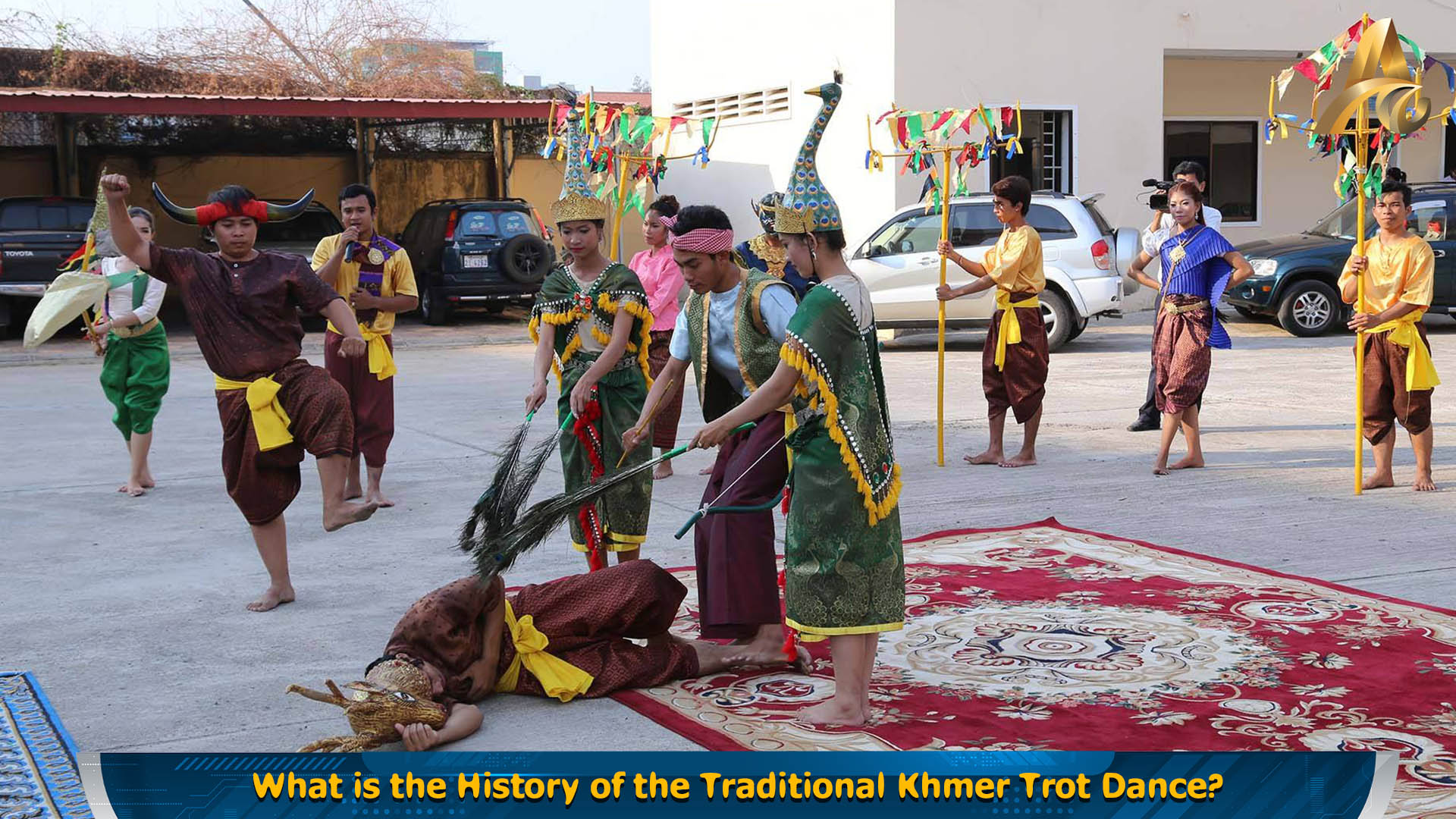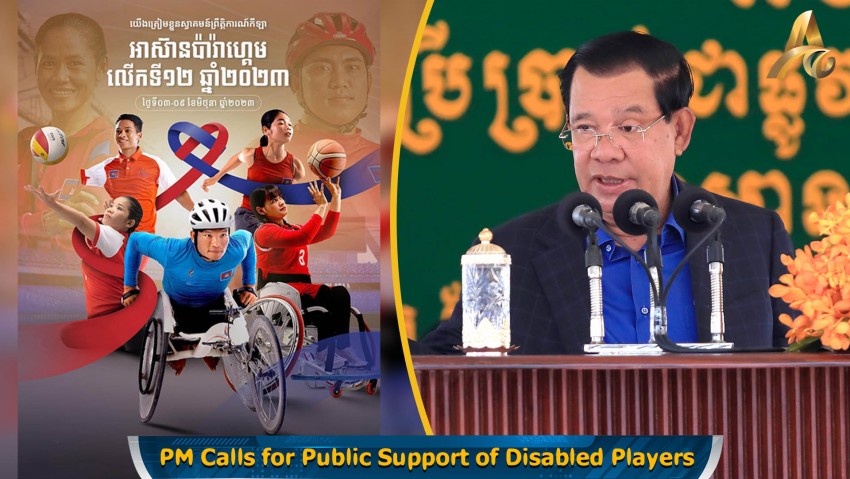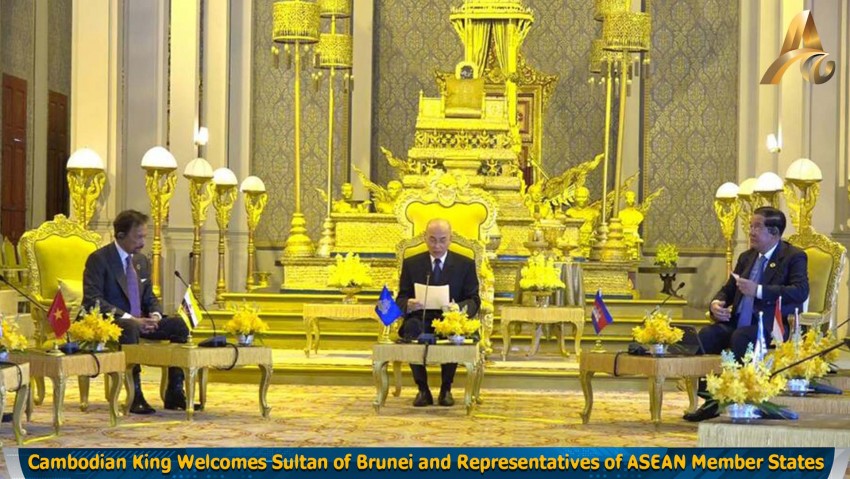PHNOM PENH: The Trot dance is a traditional Cambodian folk dance that is often performed during the Khmer New Year to bestow blessings upon the people.
The word ‘Trot’ is derived from the Sanskrit word meaning ‘to conclude’ and refers to the end of the old year and the beginning of the new year.
According to the Khmer Traditional Dance Book, this dance is sometimes performed as a rainmaking ritual when the country sees no rainfall. There is also information that suggests this traditional dance was originally performed by an ancient society who lived in the old land of Suvarnabhumi before the arrival of Indian civilization. The descendants of this ancient society are believed to be the ‘Samre’ people, who live north of the Tonle Sap Lake today. In ancient times, the Samre used to visit the King of the land every new year to offer him blessings.
The Trot dance requires the use of special props such as the kangcha (a 2.5-meter-long pole with a fork shape on the top), chong krong dombae and drums. The performers wear masks, deer horns, peacock feathers and long fake nails.
Trot performers represent characters such as hunters, deer, giants, peacocks, banteng, and ghosts. One set of performers play the drums, hold the chong krong dombae and sing, while the performers dressed in character roles act out their parts according to the lyrics of the song being performed.
There are several folk tales related to this traditional dance. One popular folktale is about a hunter named Bun and his wife, Neang Oma, who lived near Savathy district.
Bun and his wife were very poor and relied on hunting for birds and fish to make a living. One day, Bun prepared his bow and arrow, knife and other traditional weapons to go hunting, while his wife prepared food for him.
The hunter wandered through the forest, crossing the river, going deeper and deeper into the woods, however, he did not encounter any animals. Bun believed the gods were preventing him from finding any animals to hunt, so he made a shrine and prayed to the gods asking for good fortune.
After praying, the hunter continued his journey and suddenly encountered a golden deer with glittering glass horns. The hunter was overjoyed and shot the deer, then used a knife to cut off the skin and horns before returning home.
After arriving back home, he decided to gift the gold skin and glass horns to the King. Upon receiving the special gift, the King was very pleased and saw the kind heart of the hunter and his wife. He decided to bestow the hunter with the title of provincial governor. From that day on, Bun and his wife Neang Oma formed a dance troupe to tell their story of how Bun found the deer in the forest. This is believed to be the Trot dance of today.
In the present, ministries, educational institutions and companies often organize traditional dance performances around the time of the Khmer New Year to ward off evil spirits and welcome the new year.






































